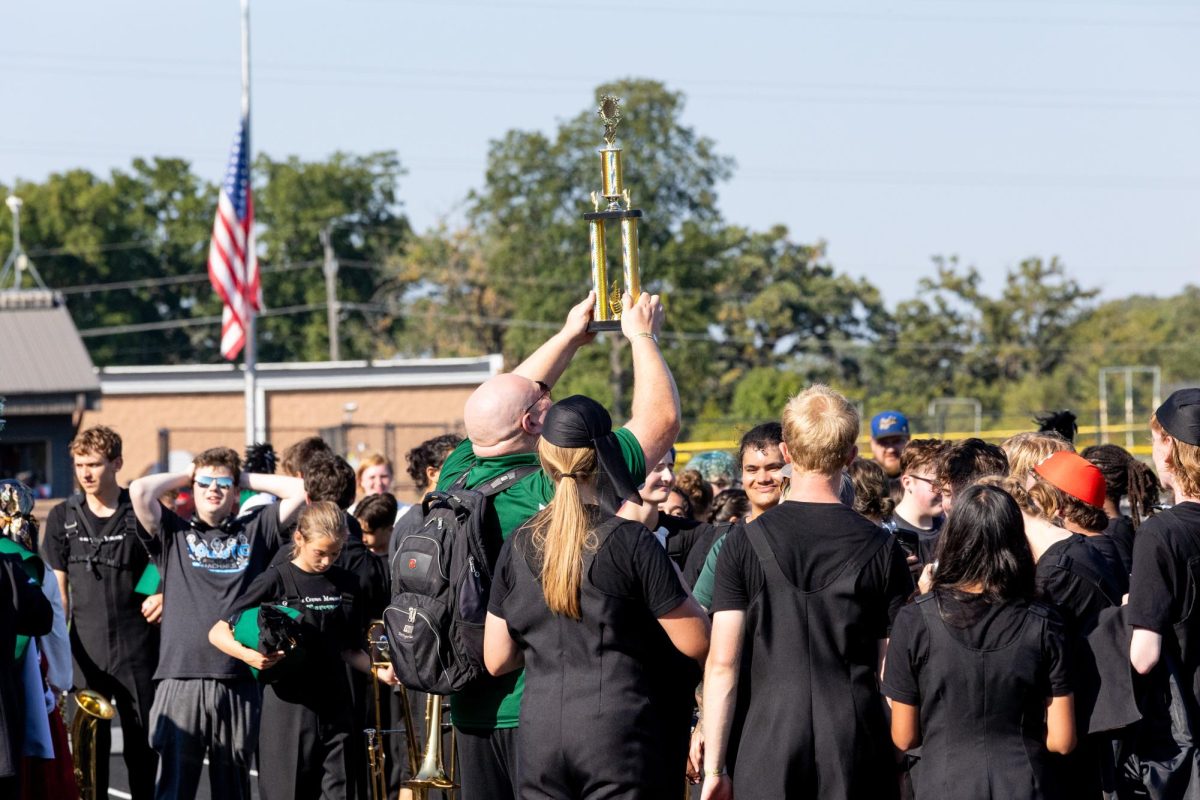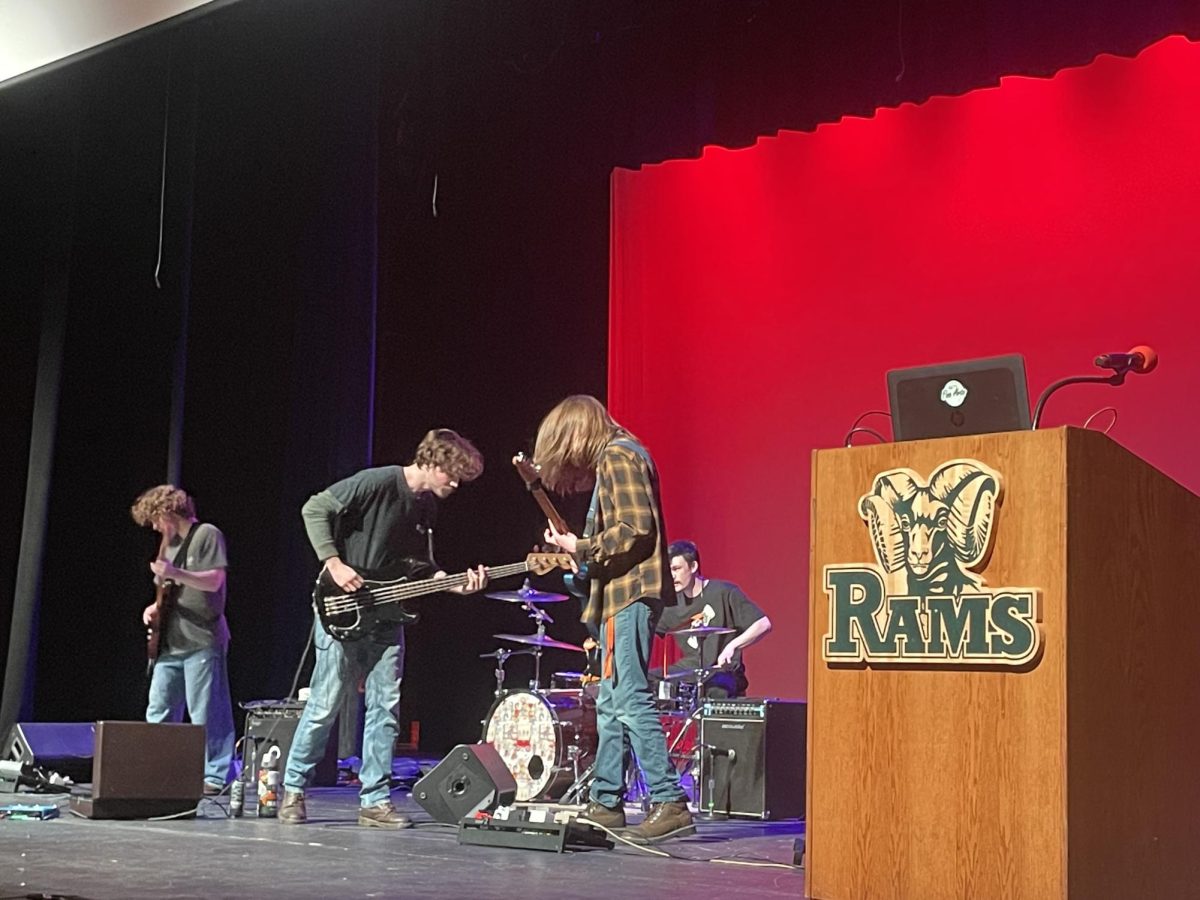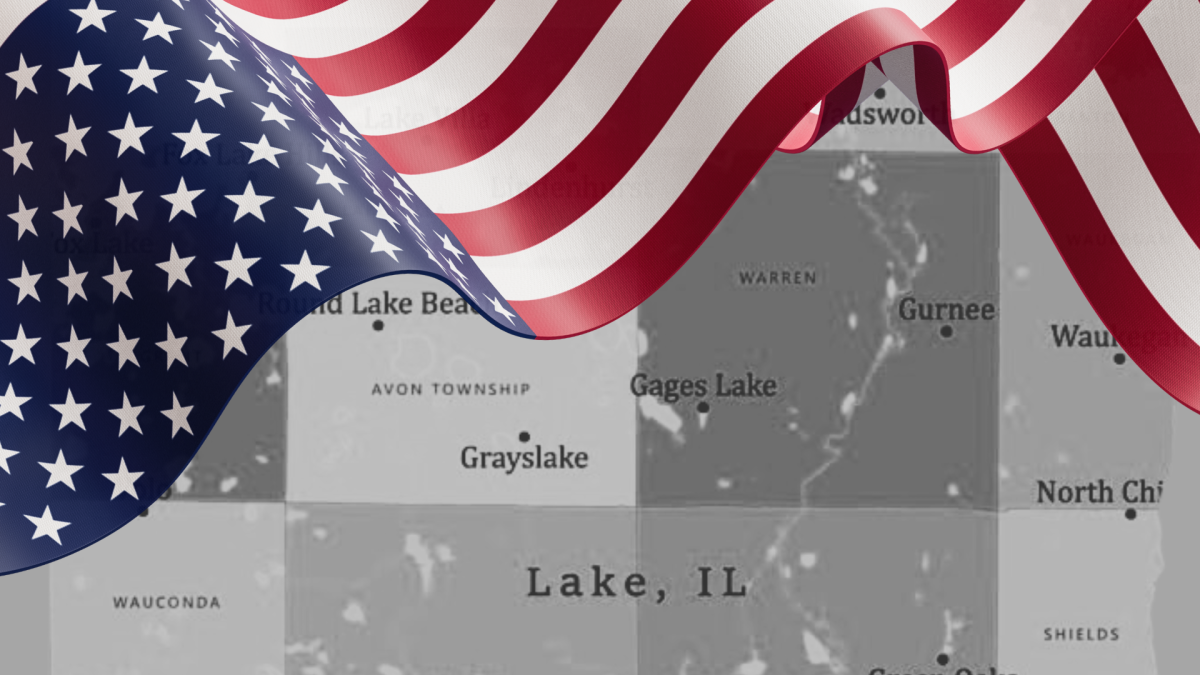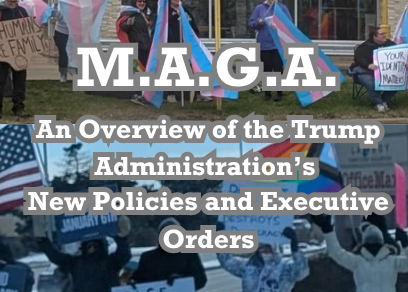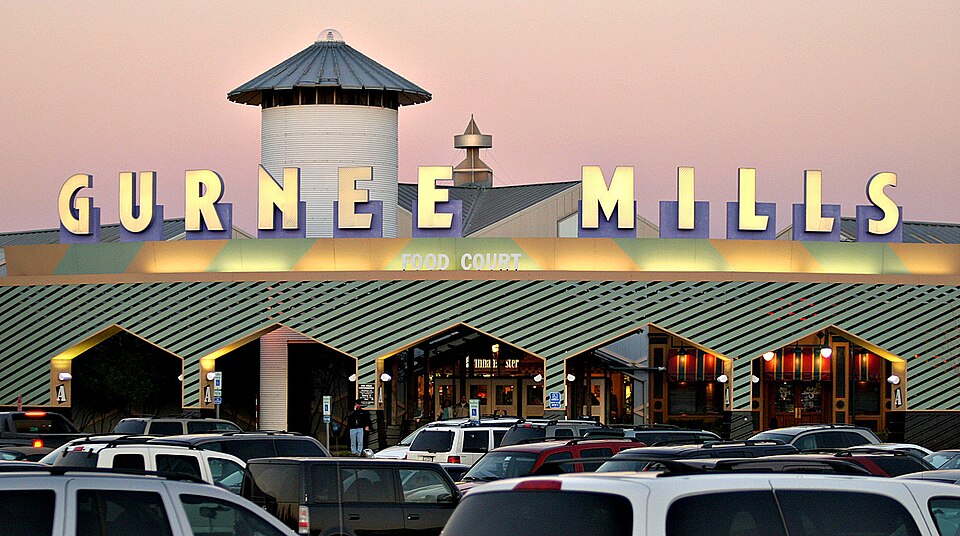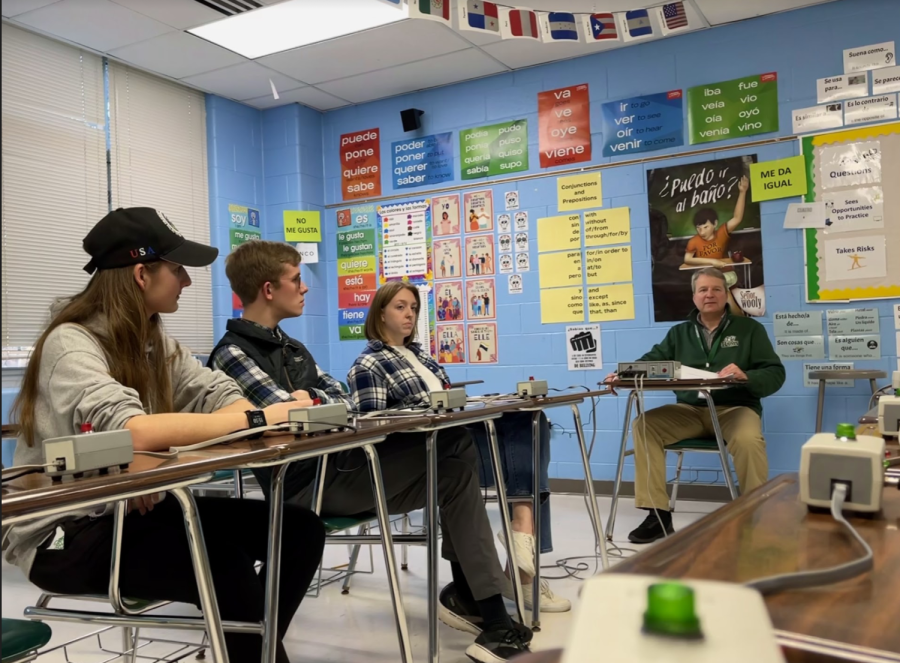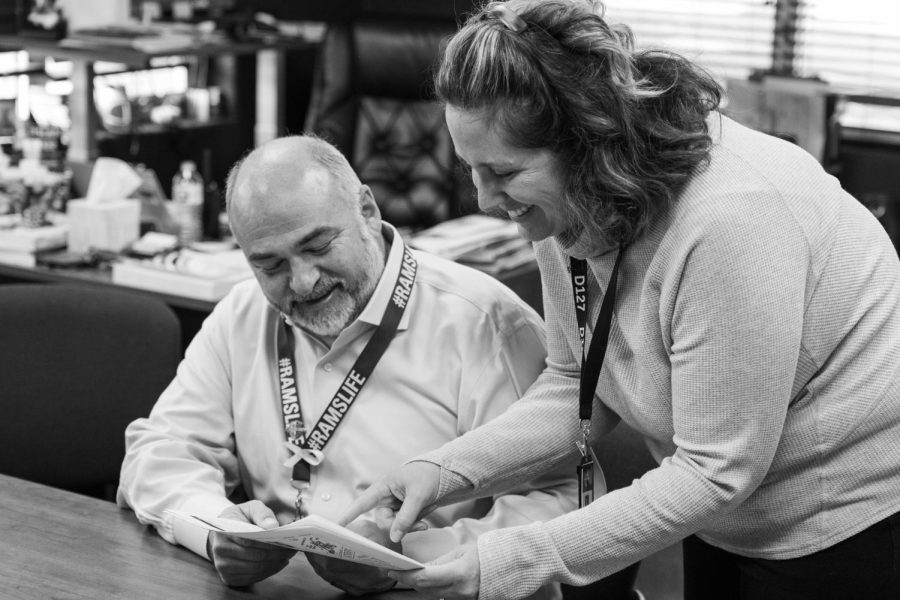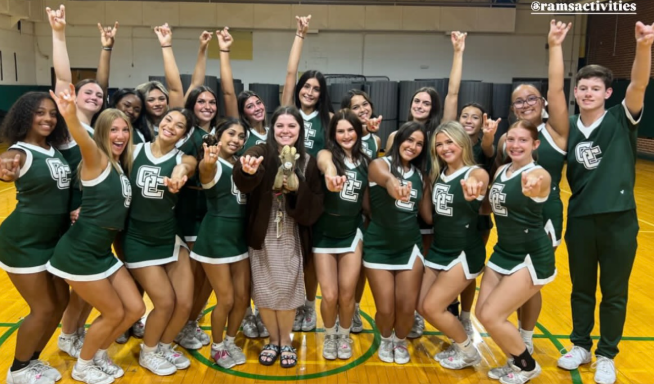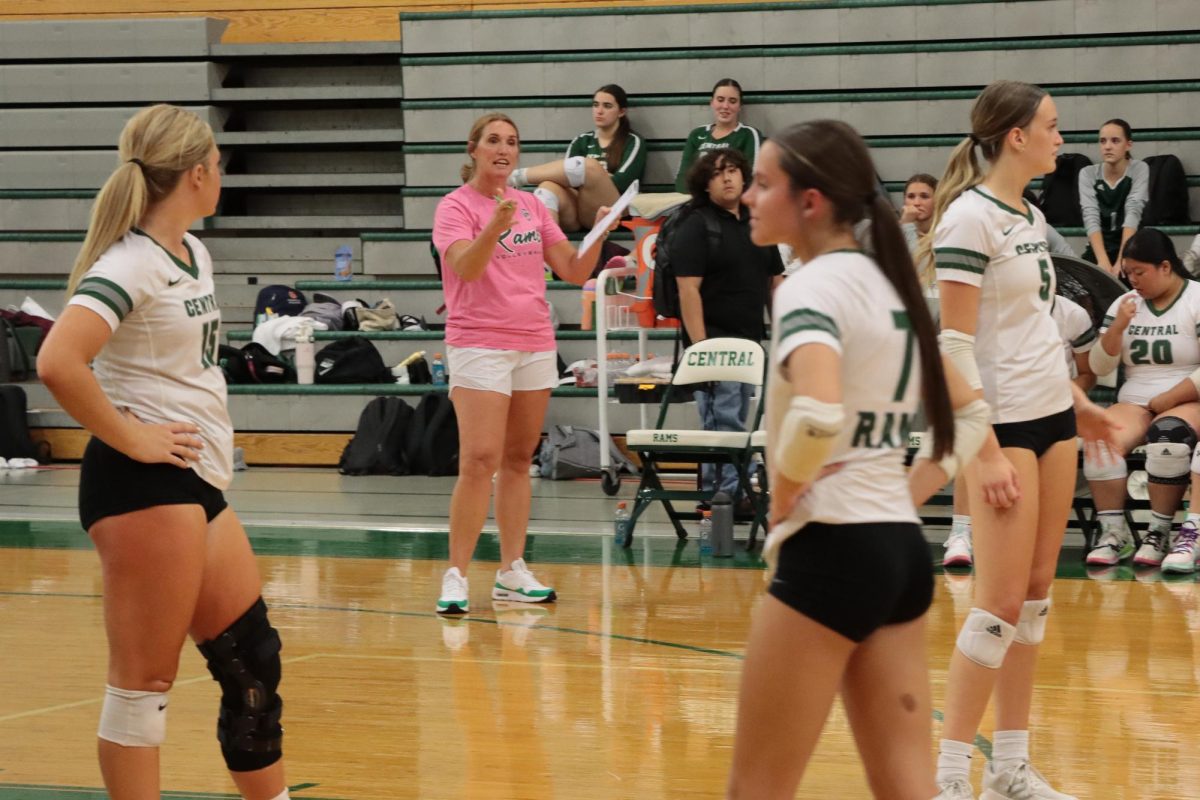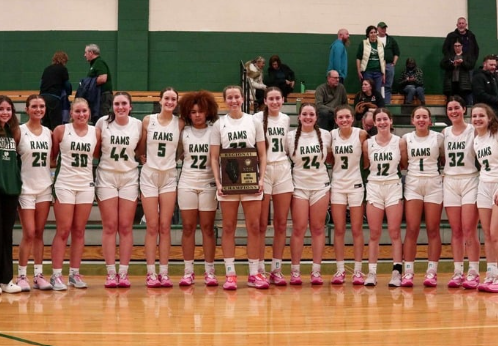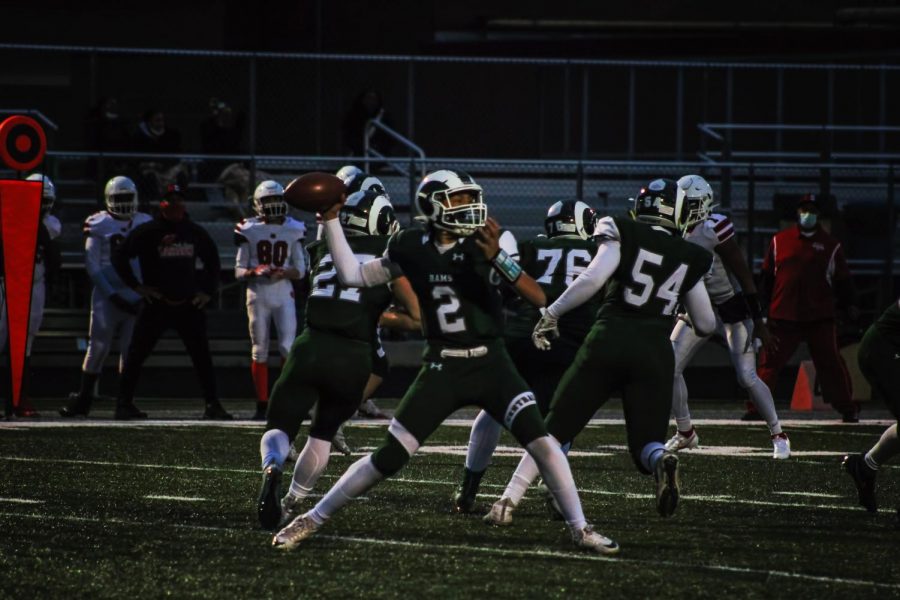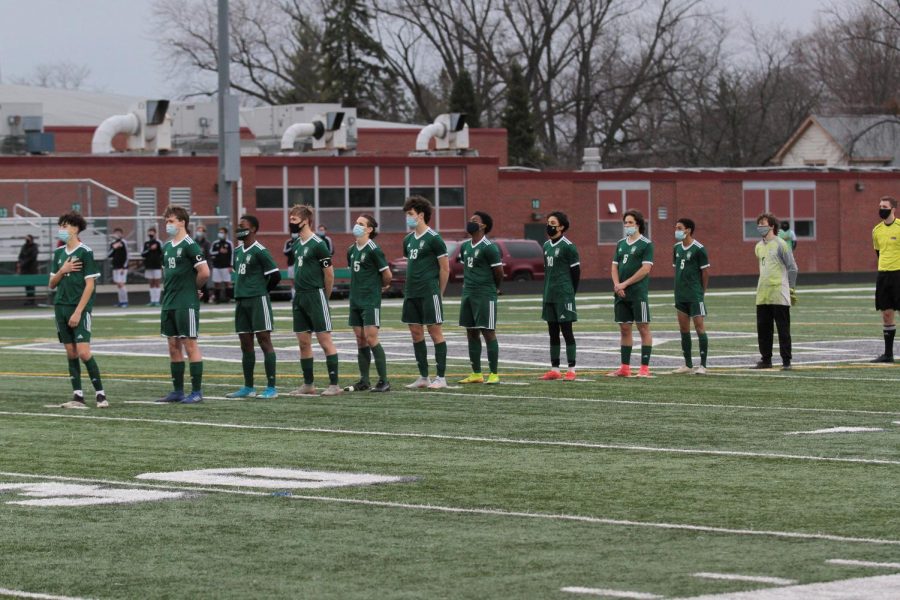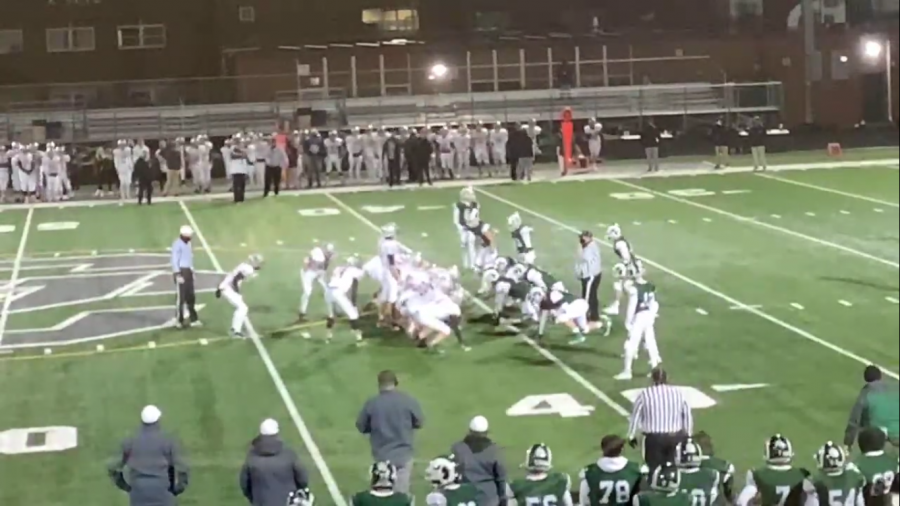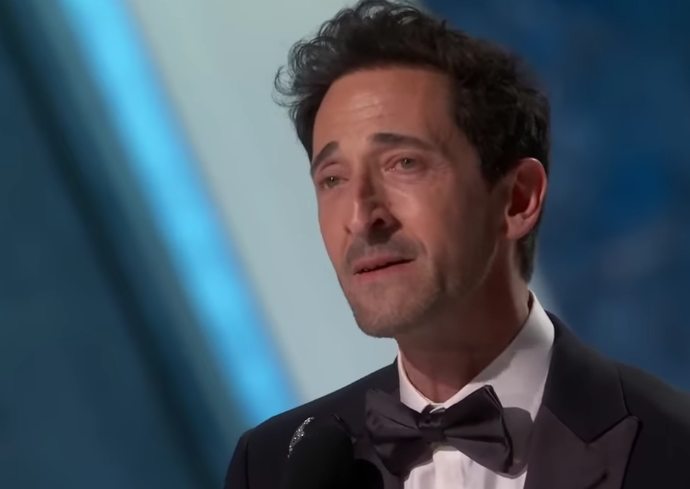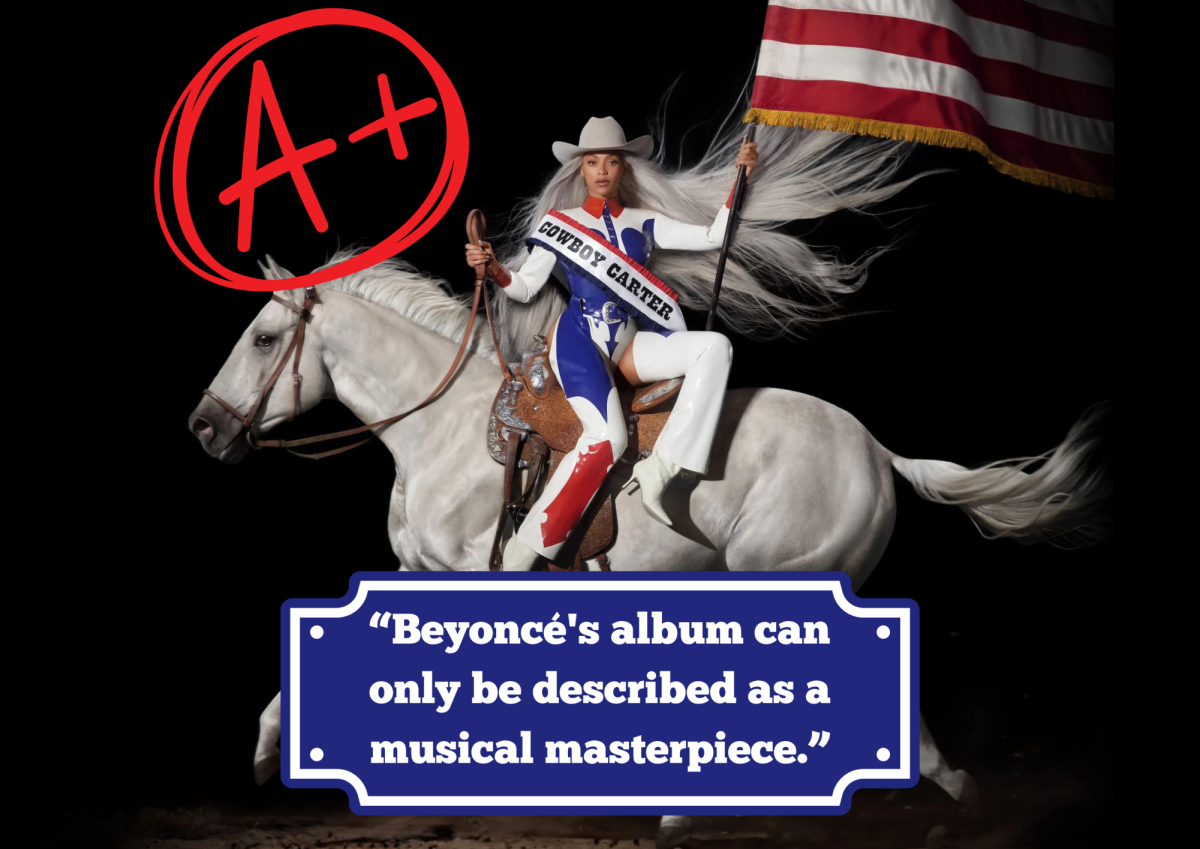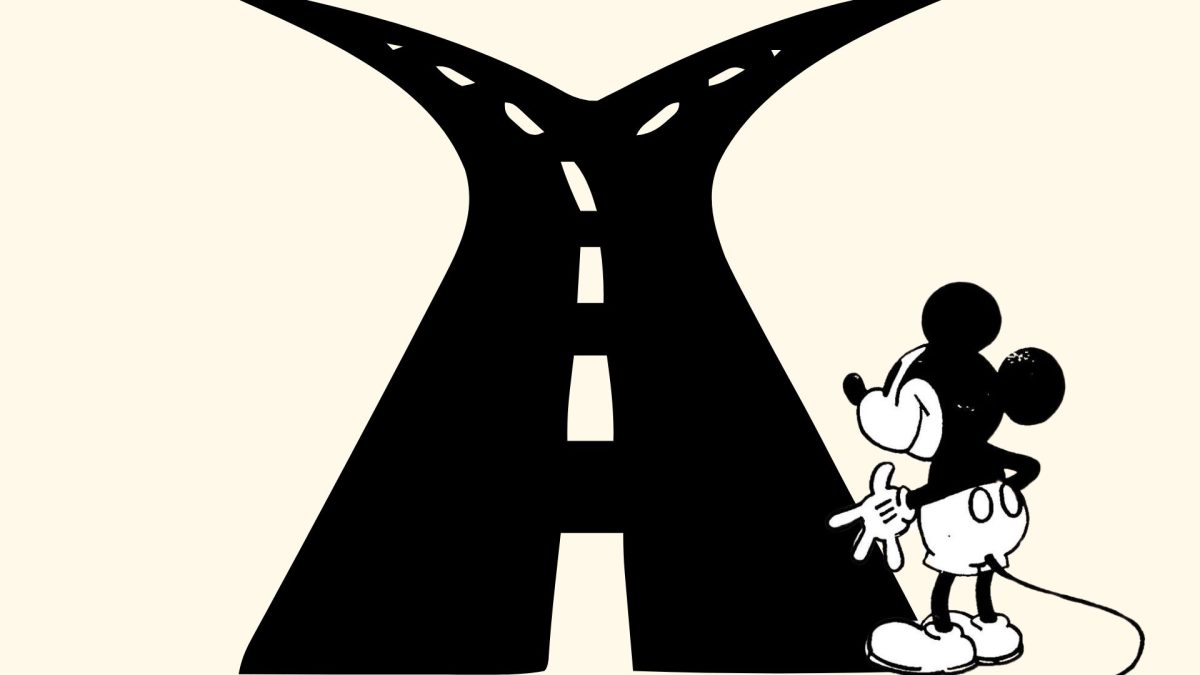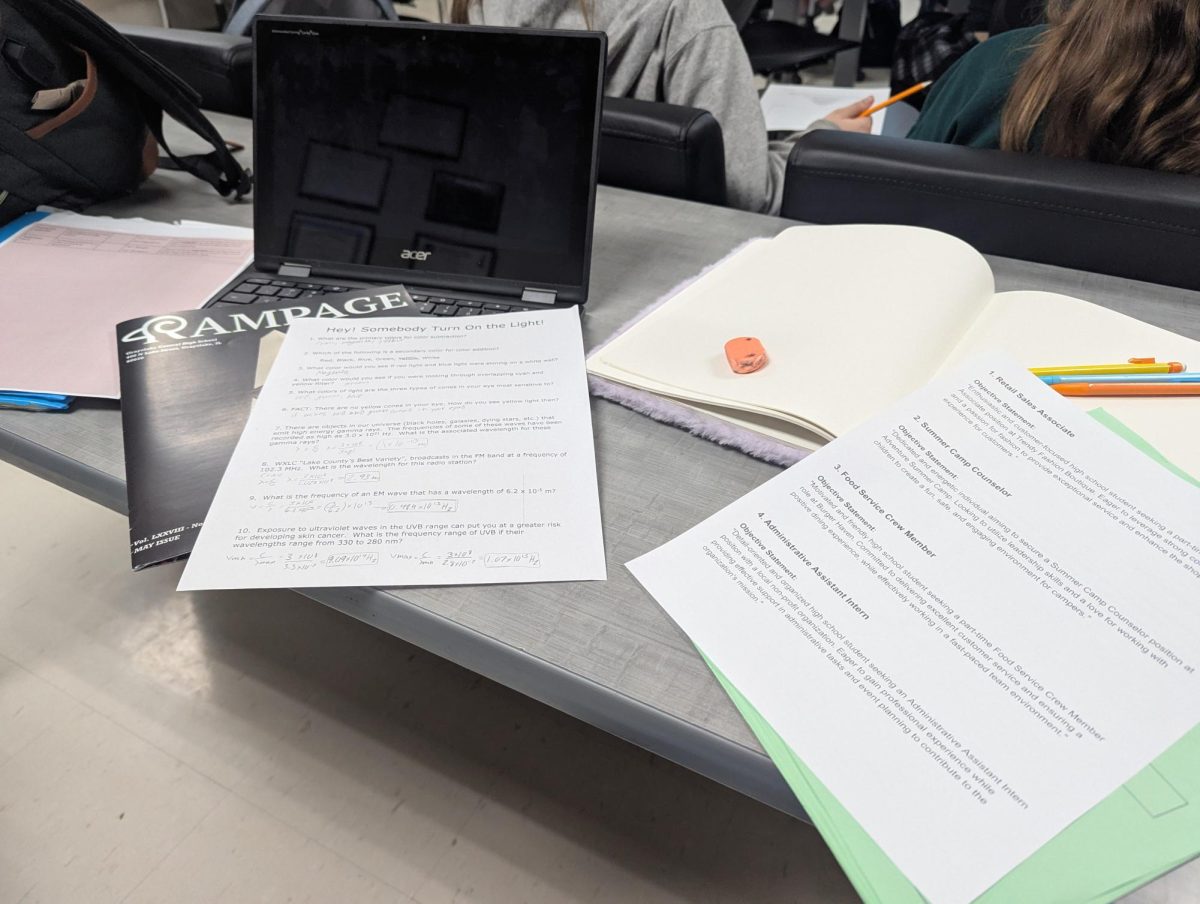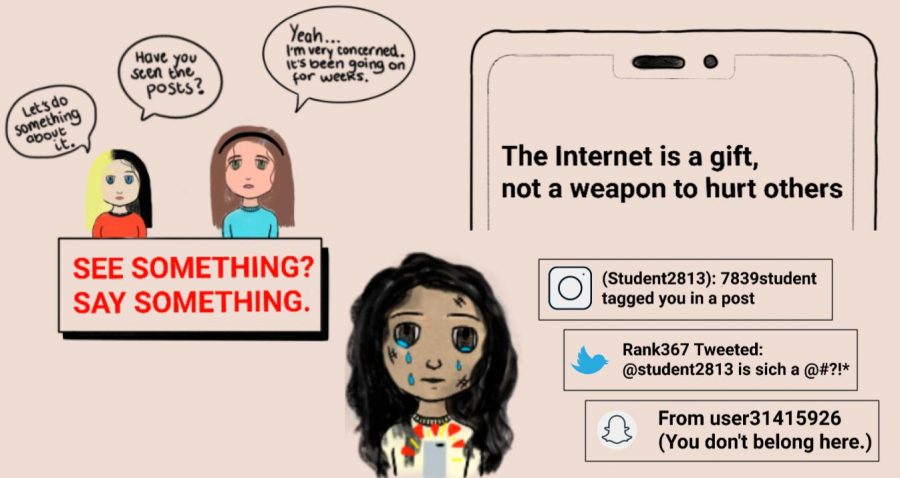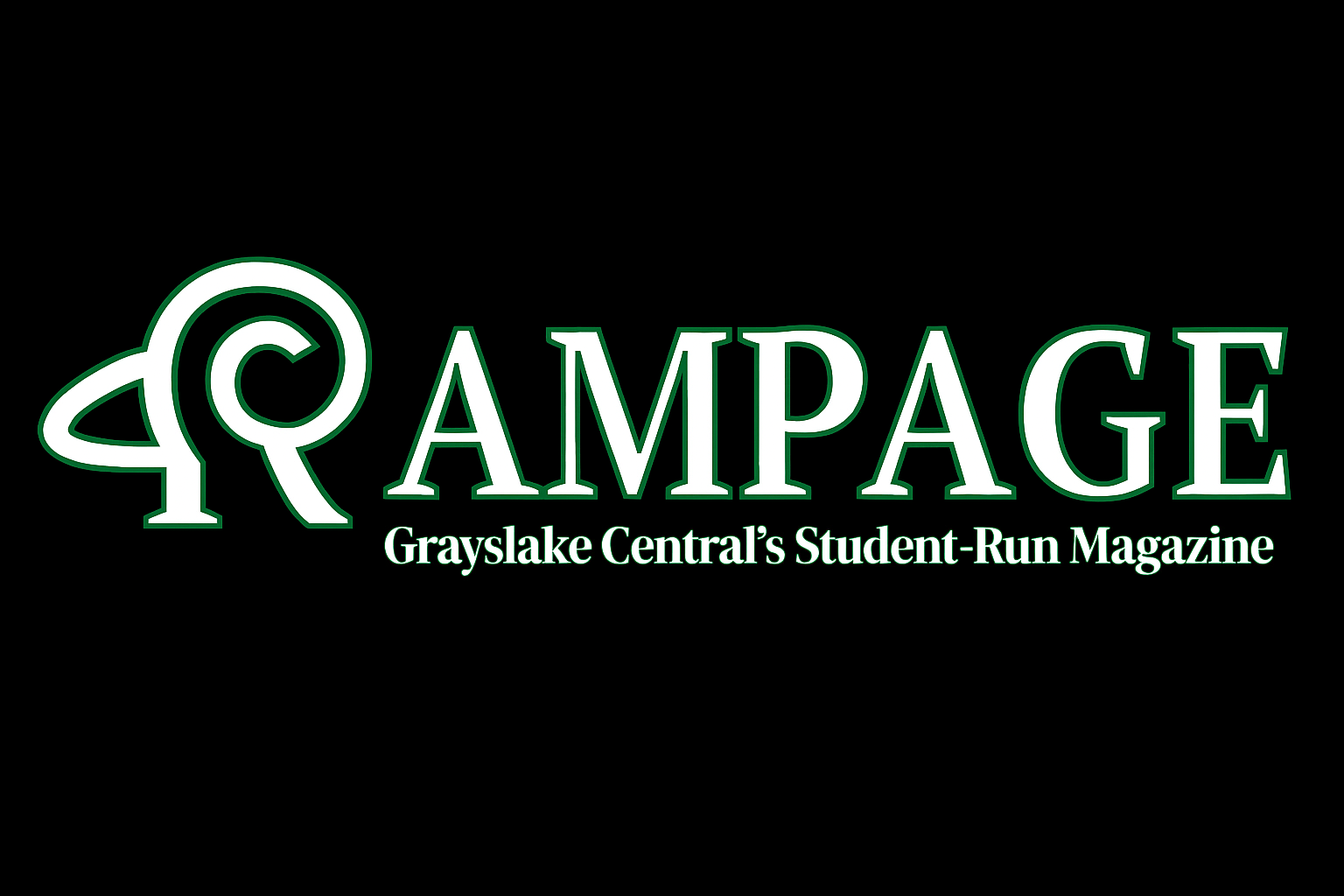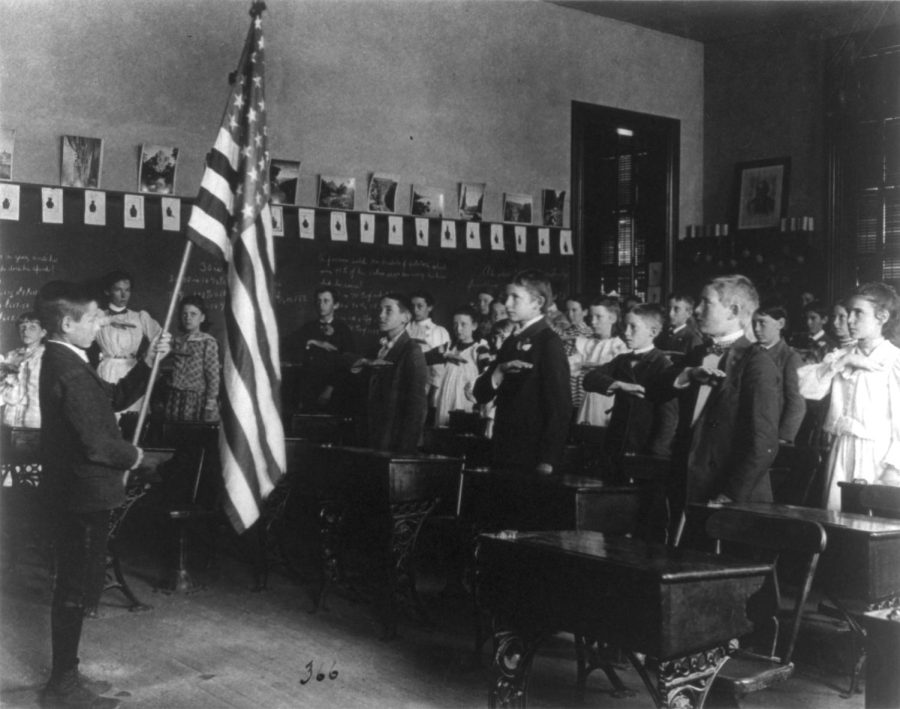Pledge Drives a Wedge
The Pledge of Allegiance has a deep history, a history that still effects the present.
Students reciting the Pledge in 1899
May 16, 2022
The Pledge of Allegiance has a history as complex and as controversial as the nation it represents. Written in 1892 by Baptist minister Francis Bellamy in order to promote American national identity, the pledge has undergone many changes and iterations since Bellamy penned it nearly 130 years ago. One notable change is the specification of what flag one is pledging allegiance to. Originally, the Bellamy pledge read “I pledge allegiance to my Flag,” which was later changed to “I pledge allegiance to the flag of the United States of America,” in order to make it clear to the many migrants to the US around the time of this change that they no longer had any allegiance to their mother countries.
Another notable change to the pledge came during the Cold War. Hoping to renew American religious fervor in the United States, as a reaction to the largely atheist policy of the Soviet Union, President Eisenhower added the words “under god,” to the pledge in 1954.
The next notable change to the pledge was also initiated due to religion, as throughout the post-war era many challenged the mandatory status of the pledge. Jehovah’s Witnesses, a Christian denomination that emphasizes religion over adherence to the state, argued that the enforcement of the pledge in a public school setting was a violation of their first amendment rights. Consequently, many atheist interest groups also took issue with the pledge’s religious overtones, further pushing back against its mandatory status.
The controversy surrounding the pledge continues to this day, as individual students are allowed to decide for themselves whether or not to stand. Many choose to sit during the pledge as a form of protest, against either the pledge or the state of their country or its politics.
One of these students is junior Cabot Postol. “I would say that I sit for the pledge for several reasons, and I started around this time last year. There’s not one specific issue that I’m protesting, but I think knowing about the inequalities that are so baked into the American social structure has certainly been a large part. Additionally, I take issue with the phrase ‘under god,’” Postol explained.
Postal argues that the pledge is enforced by tradition and schedule, rather than solely being something that’s done out of an individual’s desire to express patriotism. “For years I’ve questioned why we had to stand for the pledge, but because it has been so ritualized I never acted upon it. But during 2020 and all of the events that occurred I began to fully develop my personal political and ideological perspective, and because of that, I decided to sit,” Postol explained. “The pledge has been a part of the school routine for such a long time that it felt like something we had to do.”
Another student who sits for the pledge of allegiance is Junior Abigail Pritz. Pritz also began to sit for the pledge in the wake of the murder of George Floyd and the political turbulence of 2020. Pritz believes that the pledge serves more so to divide Americans, rather than uniting them as Bellamy intended it to.
“It seems like the pledge has become a way for people to conform to American standards. One nation, ‘under god’. Its attempt to unify our community did the exact opposite by excluding people who didn’t conform [to religion]. This has divided people over the past [few] years, doing the exact opposite of what the pledge was meant to do,” Pritz said.
Not all possess a negative view of the pledge, however. One such student is sophomore Makayla Zielinski. Zielinski feels the pledge represents a key part of America’s past, and encourages further understanding of the American story and identity.
“I stand to respect the people who died in battle for the US. It’s one way people can show respect and learn more about our past,” Zielienski explained..
Zielinski encourages those who don’t stand for the pledge to “Just learn to respect the US and the soldiers that helped to make America what it is today. It’s not about people’s race. I think it’s very disrespectful and wrong to do. People died for you to be able to be free and live here in peace,” Zielienski explained.
Ultimately, the role of the pledge of allegiance is changing. According to HHStoday, a fellow student newspaper based out of Tampa, Florida, 57% of students stand for the pledge of allegiance, while 19% say the words, a far cry from the near-total involvement of the 1950s and 60s.
As the wider public’s view of the nation evolves, many things once viewed as unquestionably patriotic, like the pledge, are called into question. With the increasing democratization of political discourse, discussions once reserved for the halls of Capitol Hill are now being held in the common American classroom.

